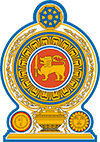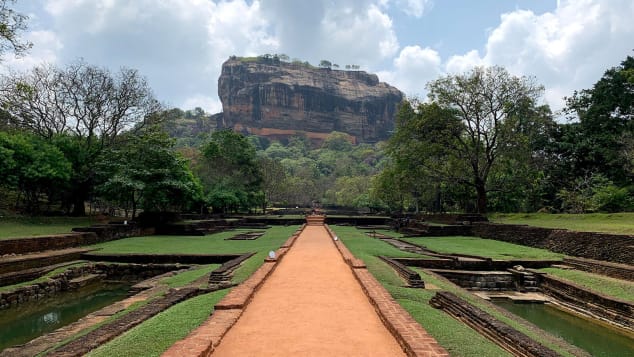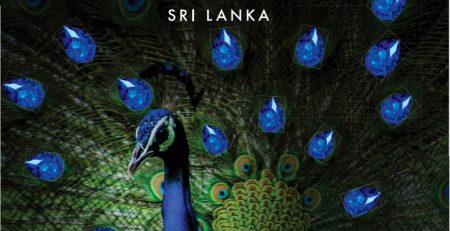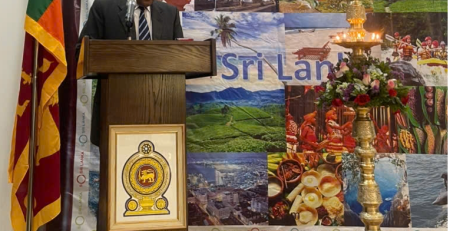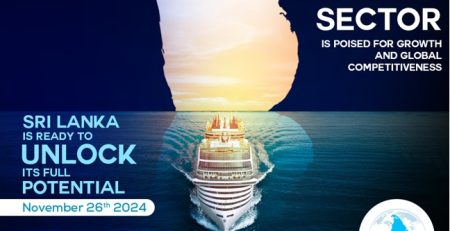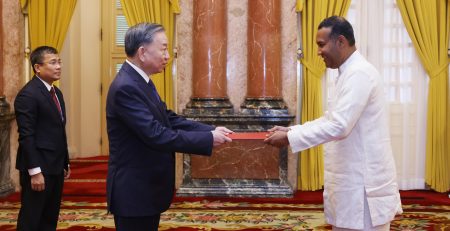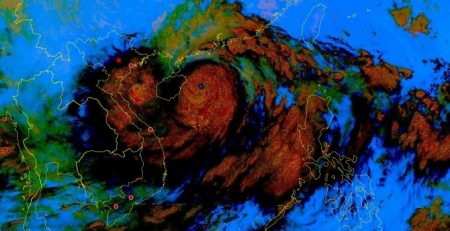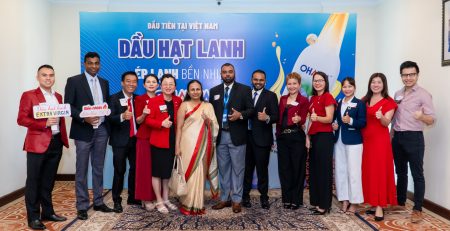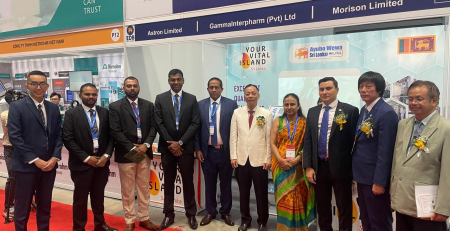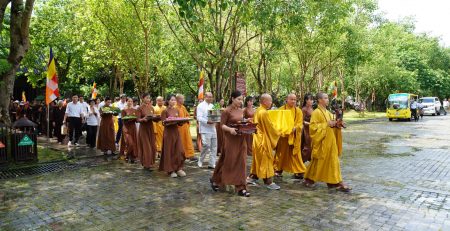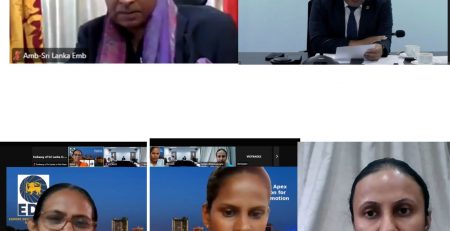Travel to Sri Lanka: What it’s like to visit now during the Covid pandemic
Colombo (CNN) — About two hours after Sri Lanka announced they would reopen their borders to travelers in January 2021, I bought tickets to go there.
I live in Hong Kong, which has done a good job containing the pandemic. But the tradeoff is that it has been extremely difficult to travel anywhere.
Due to Hong Kong’s tough quarantine mandates, most residents have been limited to our city and can’t even cross the border into mainland China.
Normally I’m a hyperplanner, but nearly two years of not going more than 30 kilometers from my apartment had gone to my head. The idea of a country in Asia being open to tourists was so thrilling to me that I didn’t even do much research, figuring I could sort it out later and make sure regulations didn’t change before my trip.
Here’s how it went.
One week beforehand
In order to get into Sri Lanka, I needed more than a spontaneously purchased airplane ticket. Most visitors to the island nation must spend up to 14 days at a “level one” hotel or resort, which means it has received an official government designation as a safe, approved place to quarantine.
I’m glad that quarantine went smoothly, because a few days into my stay Sri Lanka loosened its rules, permitting vaccinated travelers to spend only one single night in quarantine provided they test negative on arrival. I’m immune compromised and have been bummed out about not getting vaccinated yet — at least this removed one layer of FOMO.
And this was no ordinary quarantine. While some places — like Australia and China — require all quarantiners to stay inside their hotel rooms except for when they are given PCR tests, Sri Lanka has come up with an innovative third path.
Guests are allowed to go anywhere on hotel or resort premises and can visit certain pre-approved “bubble attractions” provided they follow strict criteria. They are also allowed to stay at more than one property during those two weeks as long as all the hotels are level one-listed.
Based on that, I went with a two-in-one deal from the Anantara hotel group — I would spend one week at its resort in Tangalle, at Sri Lanka’s southernmost tip, and then one week at a sister property in Kalutara, on the western coast.
In addition to the rooms, I was able to pay for my three mandated PCR tests up front and buy the mandatory health insurance (just $12 to cover up to $50,000 in hospital costs) through the hotel’s booking service, thus fulfilling all my travel requirements in one go.
Once I had everything confirmed in writing, I submitted the forms to Sri Lanka’s tourism board website and, after a few tense days of constant refreshing, got my tourist visa.
I scheduled a PCR test for 48 hours before my flight and pre-booked a hotel to quarantine in upon my return to Hong Kong (a must for being allowed out of the city in the first place). With everything in hand — literally, as I printed it all out in case of phone malfunctions — I was ready to go.
The day of travel
The Hong Kong airport was deserted, but I still arrived two and a half hours before my flight just in case there were any last-minute snafus. I’m glad I did — it seemed like every single member of the gate staff at HKG had to read all my paperwork in triplicate. But I was eventually awarded a boarding pass and sailed through security in about 10 minutes.
I’d brought some snacks and an empty water bottle with me, assuming that everything in the airport would be closed. Happily, there were a few businesses operating — I was able to use the ATM, buy a sandwich and exchange my Hong Kong dollars for Sri Lankan rupees.
My flight was pretty empty — I’d already guessed as much based on how wide open the seat selection options were when I checked in online the day before. Despite that, cabin crew still insisted that the dozen or so passengers board by sections just to keep everyone socially distanced.
I had an entire row to myself and absolutely zero stress about whether there would be space to stow my luggage in the overhead bin.
Instead of printed out menus, there were lists of available items on the seat-back screens, plus handy wipes for everyone to sanitize the TVs with before touching them.
Upon arriving in Sri Lanka, we deplaned as normal. Security lines were short, but everyone — local and foreign alike — waited in two short lines. I had the full sheaf of paperwork in my hand along with my passport, but the agent only asked to see my PCR test. He gave me a nod, stamped my passport and sent me on my way.
In the arrivals hall, a representative from my hotel was waiting. One condition of quarantine is not taking any public transit, so the Anantara had contacted me ahead of time to confirm my flight details and ensure a private car would be waiting to pick me up. The driver wore a mask and full PPE.
Once I arrived at the resort, a staff member took my luggage to be sanitized before it was dropped off in my room. Before I could check in, I went to a kiosk near the parking lot that had been set up to conduct PCR tests. My nose and mouth were swabbed and then I was sent off to my room without interacting with any other guests.
To minimize contact with others while waiting for the test results to come back, I was asked to stay in my room and have breakfast delivered to me. Free breakfast in bed, in case I’d contracted coronavirus in the past 72-ish hours, seemed like a pretty decent offer.
No one was allowed to clean my room until the test came back negative — and, once it did, I had full run of the resort, which included a pool, spa, gym, three restaurants and access to the beach.
Week one
During the seven days I spent at my first quarantine hotel, I was tested for Covid twice — on arrival, and then again on day five. Day four was a Saturday, and the hotel concierge had organized an outing for me. That’s right — an outing.
I was taken to Udawalawe National Park, about 90 minutes away from the resort. A safari-style experience where everyone stays in their own Jeep, keeping interaction limited, it was the closest of Sri Lanka’s 18 “bubble attractions” open to quarantiners.
Eddie, the hotel’s nature guide, accompanied me in the Jeep, both to give more information about the animals and to make sure everything was kosher with regulations.
A glass partition separated us from the driver, so we knocked on the glass if we wanted him to stop. There were bathroom facilities at the park entrance, with separate, clearly labeled sections for foreigners and locals.
Upon checking in at the visitor’s center, Eddie and I had to show my negative Covid test and an endorsed letter from the hotel confirming I had permission to visit the site. (A rep had called the day before to double-confirm that it was still fine for quarantiners to visit.)
It was fairly painless, and the trade-off — real, live elephants, some just a few yards away from me — was more than worth it.
On day seven, I checked out of the Anantara Tangalle and headed by private car to the Anantara Kalutara. Because I booked the package deal, the hotels organized everything.
From secluded beaches, amazing wildlife and beautiful architecture, the southern shores of Sri Lanka are among the island’s top attractions.
Week two
Switching hotels gave me the opportunity to see another region of the country. This time, the closest “bubble” activities were the Royal Botanical Gardens and the Open Zoo in Pinnawala, just outside of Kandy.
I took my third and final PCR test on day 13. Once the test came back negative the following day, the Anantara Kalutara sent all of my information to the national tourism board, which issued an official letter confirming that I had completed all the quarantine requirements and was now able to travel freely around the country.
It was time for phase two — the vacation vacation — to begin.
Weeks three and four
Free to explore the country, I was on what actually felt like a pretty normal holiday. I visited three major cities — Kandy, the cultural capital in the island’s very center; Galle, a southern coastal gem best known for its Dutch-era colonial fort; and Colombo, the most populous city.
As per the rules, I kept paper copies of my most recent PCR test and the government letter with me. That said, I was only asked to show my papers twice during the rest of the trip — once when I checked into my first level two hotel and again when I was the lone straggler walking through the “foreigners” gate at the Buddha Tooth Relic Temple in Kandy.
Multiple employees came over to read and re-read my paperwork — I suspected it was a mix of excitement at finally having something to do, nerves about messing up the process since there had been so few travelers to test it on, and heightened awareness as we were closing in on Sinhala New Year, a massively important holiday celebrated by many of the country’s Buddhists, which meant that the temple complex was packed.
Being one of the only foreigners visiting Sri Lanka was a double-edged sword.
On the plus side, I often had places to myself. Being able to visit Sigiriya, Sri Lanka’s most iconic attraction, with no one else around was a breathtaking experience — there were no people setting up elaborate Instagram photo shoots or fit hikers whizzing past me on the trails.
But the isolation was also challenging. It was sad to see all the roadside booths deserted and many small businesses boarded up.
After eight months of being closed off from the rest of the world, people in the hospitality industry were understandably concerned about their livelihoods, and when I was the only traveler I got the brunt of it. While it’s common for a tuk tuk driver to offer you a ride or a vendor to ask if you want to buy a carving, there was an air of insistence and nearly every ask came with a sob story.
No matter how many bottles of water I bought or cab rides I took, it never felt like enough to really help.
Being the lone unfamiliar face in a crowd came with other perks and risks.
A man on the street in Kandy shouted “Coronavirus! Coronavirus! Go back to the hotel!” at me.
At one hotel, it felt like the other guests — all locals, as it was a level two property — unconsciously edged their seats away from me at breakfast.
At the same place, a staff member told me that he wasn’t allowed to clean my room during my stay because of Covid regulations, even though he had just cleaned every other occupied room on my floor.
Yet there were also moments of beauty. A woman walked up to me at a cafe to say how happy she was that tourists were coming back to her country, and some friendly locals wanted to hear about the coronavirus situation in Hong Kong and asked how people were coping.
Colombo and Galle both have expat populations, so I stood out way less once I moved to those cities.
The long way home
Three days before I was due to leave the country, my phone pinged. Hong Kong had updated some of its quarantine regulations, stating that travelers from Australia, New Zealand and Singapore could shave one week off of their quarantine times.
The downside? Hong Kongers couldn’t transit in one of those countries lest they be confused for someone who now fell under the new regulations.
That meant that my return flight home — via Singapore again — was canceled.
I managed to find another way home, but it required me to transit via Doha, which is in completely the opposite direction, and involved a 13-hour layover.
This also meant I had to update my Hong Kong hotel information and that I’d be getting sprung on a Monday instead of a Saturday, thus wrecking yet another weekend.
You know the opening scene in “Reality Bites,” in which Winona Ryder’s character opens her graduation speech by reciting her social security number, saying it was the thing she needed to know the most? Well, I now can recite my passport number and expiration date with my eyes closed.
In order to leave Sri Lanka, I needed one more PCR test. This was easy to book online and was a drive-through process, so I got a cab and had the driver take me through. My results were emailed to me in about 23 hours.
Paperwork completed, printed out in the Hilton Colombo business center and in my hands, I was ready to head home. But I wasn’t ready to leave.
source: https://edition.cnn.com/travel/article/sri-lanka-travel-covid-intl-hnk-cmb/index.html
